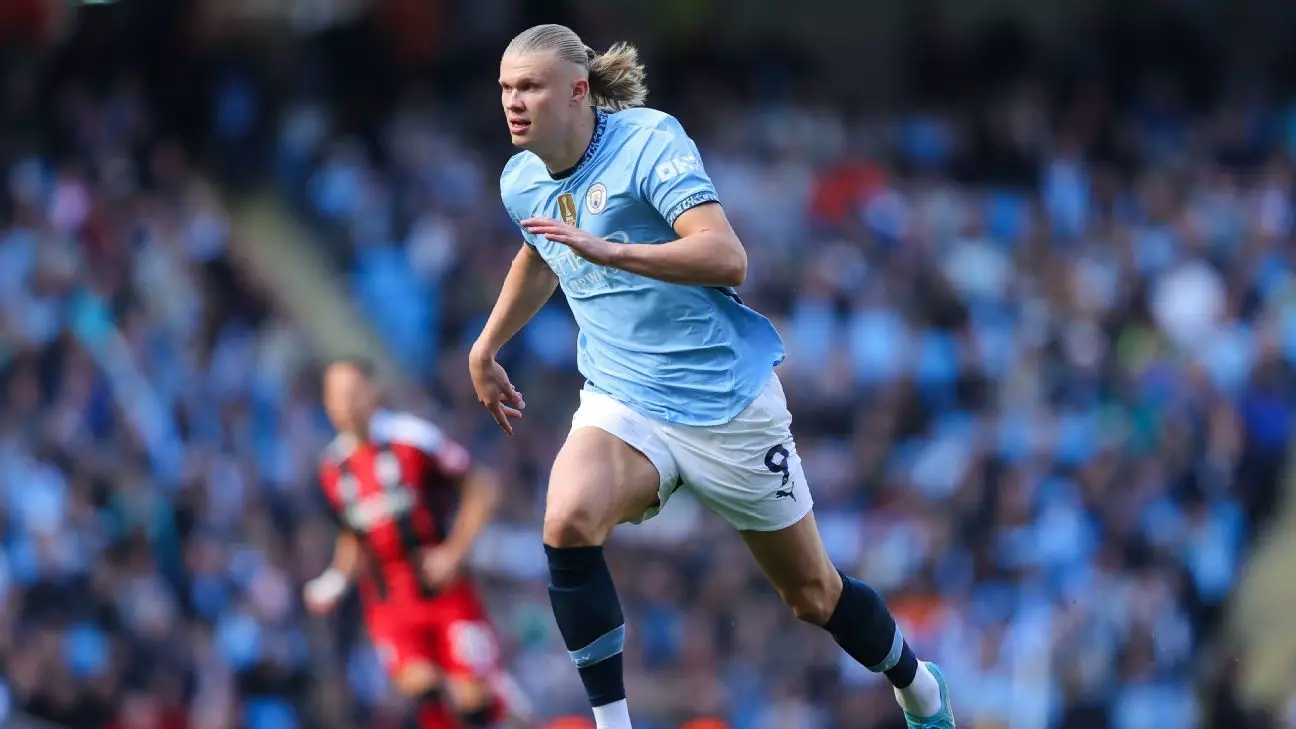Speed is a critical attribute in modern football, and the Premier League is home to some of the quickest athletes in the world. With the rise in competitive intensity and tactical demands, players’ pace can often be the deciding factor in a match. This article delves into the top speedsters of the current season, highlighting their contributions on the pitch and offering insights into what makes them stand out in a league renowned for its exhilarating pace.
Tottenham Hotspur’s Micky van de Ven has emerged as the Premier League’s fastest player, clocking an impressive top speed of 37.1 km/h. His phenomenal acceleration was on full display during a memorable match against Manchester United at Old Trafford, where he not only showcased his ability to beat defenders but also contributed to the team’s success by assisting a goal. His blend of speed and football intelligence allows him to cover ground quickly both in defense and attack, making him a valuable asset for Spurs.
Following closely behind van de Ven is Wolves winger Carlos Forbs, who has hit a maximum speed of 36.6 km/h. Forbs exemplifies the modern winger: exceptionally quick with an ability to change direction swiftly, posing constant threats to opposing defenses. Nottingham Forest’s Anthony Elanga also showcases impressive speed, with a top recorded speed of 35.9 km/h, underscoring the wealth of talent in this category throughout the league.
For players like Manchester City’s Erling Haaland, who have captivated audiences with their goals and speed, the stats reveal a unique story. Haaland, a crucial figure in City’s attacking formation, has registered a speed of 35.7 km/h coupled with an astonishing distance covered without running—28.2 km. This duality illustrates how some players can exert their influence on the game through intelligent movement rather than mere sprinting ability.
While it’s easy to highlight the stars, it’s also crucial to recognize other players making headlines with their speed. Arsenal’s Gabriel Martinelli and Alejandro Garnacho from Manchester United are distinguished by their pacy dribbling and quick runs, registering speeds of 35.6 km/h and 35.5 km/h respectively. Meanwhile, Chelsea and Liverpool also showcase noteworthy talents; Pedro Neto with 35.4 km/h and Trent Alexander-Arnold at 34.7 km/h.
Interestingly, Kyle Walker, previously heralded as one of the fastest in the league, has seen a drop to 80th on the speed list this season, prompting discussions about evolution in player performance and the increasing competitiveness of other players vying for sprint supremacy.
In a tactical environment where pace can drastically alter a match’s outcome, understanding speed metrics extends beyond individual accolades. Speedsters often create space for teammates, disrupt defensive setups, and provoke defensive errors. Coaches now prioritize speed in recruitment, recognizing that it can alter game dynamics and outcomes fundamentally.
As the Premier League continues to evolve, the emphasis on speed will remain critical. Observing how emerging talents can keep pace with established players is essential for the league’s future. The influence of speed on tactical formations and match results reinforces that in this league, while technique and skill are invaluable, raw pace can often serve as the game-changer.

